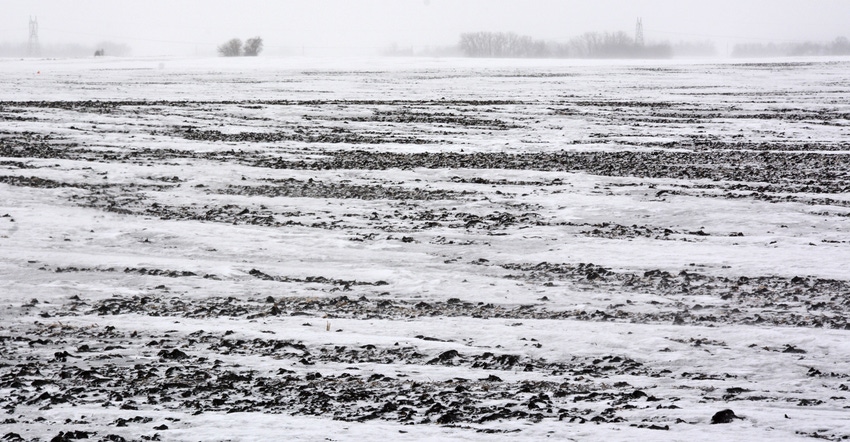April 8, 2022

Those who read this column regularly know that I frequently trumpet the conservation advances being achieved by Minnesota farmers and ranchers.
As I drive across the countryside, I am truly impressed by the visible changes, and am confident that there are also corresponding improvements that cannot be seen from the road. I stand firm to my main message that strong conservation efforts are in place on the vast majority of farms. But …
As we transition to spring this year, I see an area in which some farmers need to do better: protecting against wind erosion.
I know that no farmer likes to see erosion, and I am glad that so many have taken steps to prevent it. I understand that conditions became unfavorable for many with a drier 2021 growing season, followed by an open winter with little — if any — snow cover. There are also differences in erosion risk, depending on crop, soil type and topography. Thus, this is again a situation in which the solution could be different for one field than another, which hints at implementation at the farm level.
Wind erosion is a threat to productivity and warrants your attention. It is also an environmental concern that attracts negative attention. Windblown soil sometimes accumulates in road ditches, providing a high-visibility call to action for those who would more aggressively regulate farming practices. Experience tells us that regulation often brings unintended consequences, affecting both target and nontarget activities.
The challenge
My challenge for those experiencing excessive wind erosion is to look around your neighborhood to see what others are doing, and copy what works. Many farmers have addressed wind erosion through reduced tillage, leaving more crop residue on the field surface. Others avoid tillage on hilltops and other places more susceptible to windy conditions. Cover crops can provide additional protection following crops that do not provide sufficient stubble.
Windbreaks can also help. Many of the windbreaks established several decades ago are in need of replacement. Some have been removed, some have gaps. Trees live a long time, but not forever. In some cases, the type of tree used is no longer in favor. If you have interest in establishing or replacing a windbreak, contact your local Natural Resources Conservation Service office for possible financial assistance. In other situations, you may prefer replacing windbreaks with practices listed earlier.
You can find resources online, such as this one from University of Minnesota Extension: Reduce wind erosion for long-term profitability. After exploring options, please try something.
Complete elimination of wind erosion is probably not realistic, but it is worth the effort. It is good for the collective image of farmers, good for the land — and it’s the right thing to do.
Formo is executive director of the Minnesota Agricultural Water Resource Center.
About the Author(s)
You May Also Like






